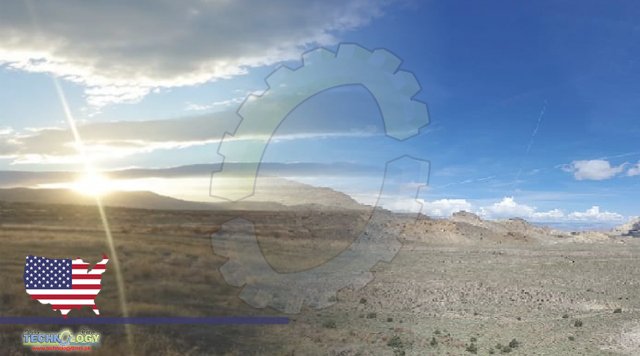Located within an extinct supervolcano, the Thacker Pass Lithium Mine deposit is the largest known lithium resource in the United States. And once Lithium Nevada gets its open-pit mine up and running, it’s expected to net billions in revenue and millions in tax generation.

It will also destroy Peehee Mu’huh, a sacred site for the Fort McDermitt Tribe, devastate the local environment, and displace farmers and ranchers in the area, John Hadder, the director of Great Basin Resource Watch (GBRW), a mining watchdog group, told The Epoch Times. Despite that, earlier this year, permits for the Thacker Pass Lithium Mine project were approved on an expedited schedule. Exact estimates vary, but it’s generally agreed that the electric vehicle (EV) market will be worth trillions soon. And because most EVs rely on lithium-ion batteries, mining this element is lucrative, to say the least—some estimates put the value at $94.4 billion by 2025. However, right now, the United States is heavily dependent on China for minerals, something the Biden administration admitted was an economic and national security threat. Consequently, President Joe Biden directed the United States to increase domestic mineral production to combat the threat and benefit from the EV boom. Enter Lithium Americas’ subsidiary, Lithium Nevada Corp. (LNC), and Thacker Pass.
Originally discovered in 1975, Thacker Pass is located in Humboldt County in northern Nevada and is estimated to contain 3.1 million tonnes of lithium carbonate equivalent. 3.1 million tonnes are equivalent to over 6.8 billion pounds. More importantly, once it’s entirely up and running, Thacker Pass will produce 60,000 tonnes per annum (tpa), roughly enough to make 6 million EVs a year. In December 2020, LNC released its Final Environmental Impact Statement (EIS) to the Bureau of Land Management (BLM), which stated that Lithium Nevada plans to “construct and operate an open-pit lithium mine.” Some of the effects found by the EIS include contaminating the groundwater with higher-than-accepted levels of antimony, arsenic, sulfate, and total dissolved solids (TDS), the destruction of 5,695 acres, and a 10-foot drawdown of the water table. Hadder pointed out these estimates are conservative as the analysis was from the mining contractor. Of further note, the EIS disclosed the mine would desecrate 52 historic or prehistoric sites but, as a positive, would generate over $8.2 million in taxes in Phase I (construction and initial operation) and in Phase II (full operation), almost $9.2 million in tax generation.
Source: This news is originally published by theepochtimes